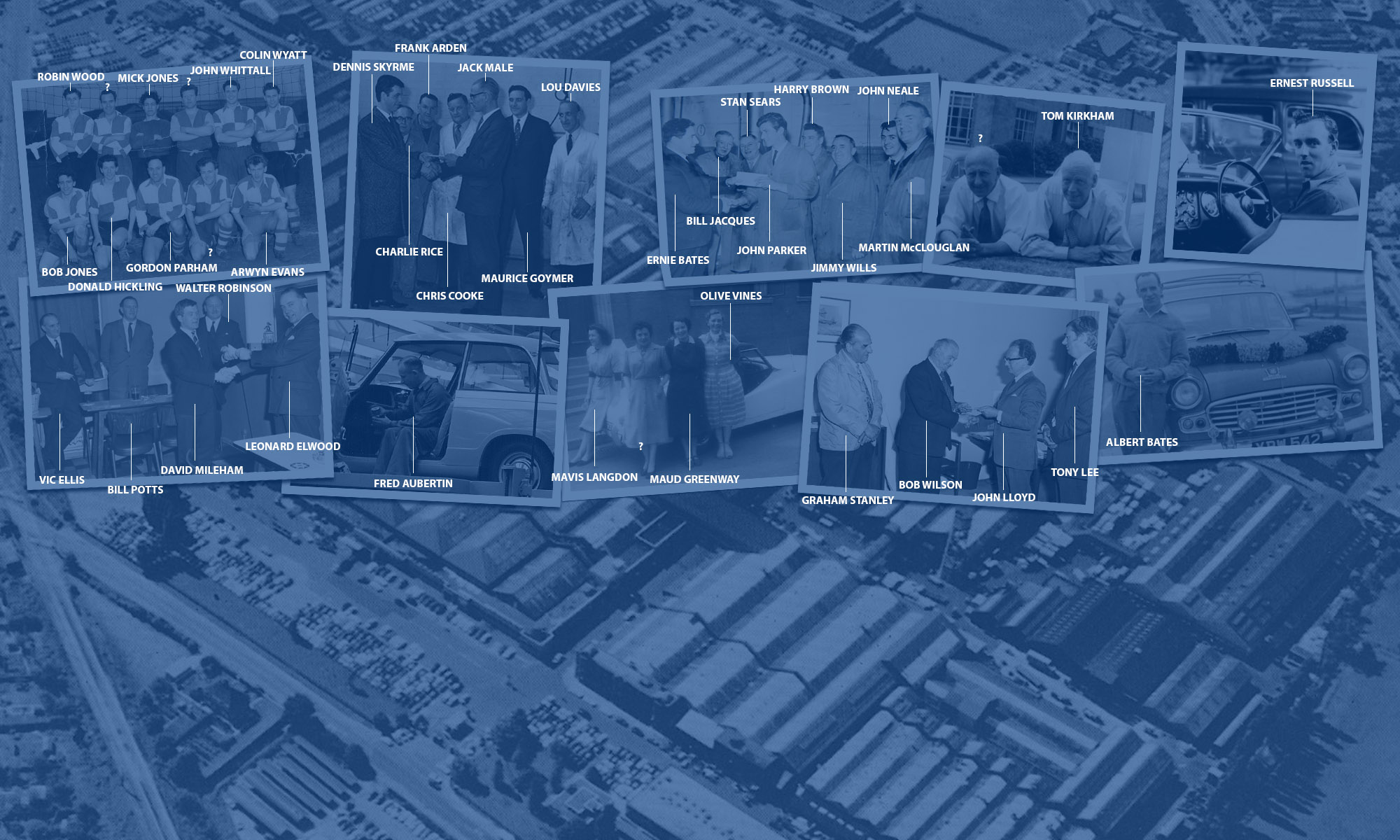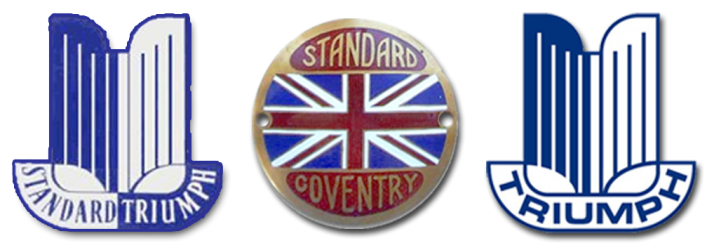“Jaguar owed a lot to The Standard.” Comment from an old Midlands car man, recalled the other day when I was given the engaging Review of the Standard Motor Club. Hard to believe it’s an all-but-forgotten make that used to be one of the biggest motor manufacturers in Britain. It was, literally, a standard-bearer in Coventry.
William Lyons, still only 28, negotiated a lease at £1200 a year with the option to purchase, of a former shell-filling factory at Holbrook Lane, Foleshill on the Whitmore Park Estate Coventry. It was signed up on 8 October 1928 and 30 of his Blackpool employees joined in a move completed by November. Less than a year later, on 29 September, the firm confidently took up its option, with a mortgage on 80,000 square feet (7432 square metres) for £18,000 with the Coventry Permanent Building Society. It looked like bravura, after the Wall Street Crash a month later endangered small specialists but Swallow, still cocksure, started cars of its own design with chassis frames and engines supplied by Standard Motor Company. At the Olympia Motor Show it flaunted coachwork on Fiat, Standard and Swift.
For Standard Motor Company it was good business. From 1931 it supplied unique items for the 6-cylinder SS1 and 4-cylinder SS2, including a specially lowered chassis frame Standard never used itself. The 6-cylinder had a strong seven main bearing crankshaft, which became the basis for SS and Jaguar engines for many years. Swallow took the sidecar business to Coventry in autumn 1928, dropping “sidecar” from the title, and in 1931 relegated manufacture to a mere department at the new Swallow Coachbuilding Company. Lyons had few regrets, admitting later that the firm had never made much of what he called ‘real money’ from sidecars. The relationship with Standard prospered. Captain John Paul Black (1895-1965), who had taken charge from founder Reginald William Maudslay (1871-1934) in 1929, had machinery to make engines and chassis frames but no premium-priced model of his own. The arrangement improved Standard’s economies of scale and Black privately believed he would be able to buy Swallow out in due course. On 9 December 1932 Swallow bought two more blocks of factory and a sawmill for £8000 and changed its banker from William’s and Deacon’s to Lloyd’s. The first SS range was introduced, and in 1933 an SS took part in the Monte Carlo Rally, its first international competition. On 26 October SS Cars Ltd was incorporated and registered as company number 280990. Lyons’ rationale for the SS name was obscure. He maintained it did not mean Standard Swallow even though SS1 was effectively a Swallow-bodied Standard Sixteen. Nor did it mean Standard Special, although it may have suited him to foster the confidence of the outgoing ageing Maudslay. George Brough, who made the Brough Superior SS80 and SS100 motorcycles, claimed he thought of it first.
To the stuffy Brooklands set, however, Jaguars remained a bit infra dig, derided for a feeble engine under an imposing bonnet. Industry insiders knew Standard manufactured a good deal of it and two-tone paint, a low roofline and dummy knock-off wheels deceived nobody. A quality car at the price was inconceivable, so suspicions lingered that a Jaguar could not be as good as it looked. Buyers were not to know how stringently Lyons kept control of expenditure. Even Bentley acknowledged there was no skimping on production or materials. Lyons drove bargains with suppliers, costs were held down and it was another 20 years before more than a handful of Jaguar staff got a Jaguar with the job. Lyons regarded that as a privilege earned only by the most senior executives. Cost-consciousness was a company culture.
In October 1942 John Black unexpectedly offered the production facilities on which Standard made 6-cylinder engines for sale. Lyons seized the opportunity and, although valued at £16,351 in Standard’s books, managed to buy the machinery for £6000, making sure it was safely at Jaguar before Black could change his mind, which in due course he did. In 1943 Motor Panels was reluctantly sold to Rubery Owen to cover an overdraft but Lyons had secured autonomy in engines and regretted many times over that he had not achieved the same with body building. In November 1944 Standard bought Triumph from the receiver and the Swallow sidecar business was sold to the Helliwell Motor Group, which sold it in turn, so by the time Jaguar Cars Ltd was established in March 1945, Swallow was no more than an associate of Tube Investments Ltd (TI).
Dove Publishing, 2011

